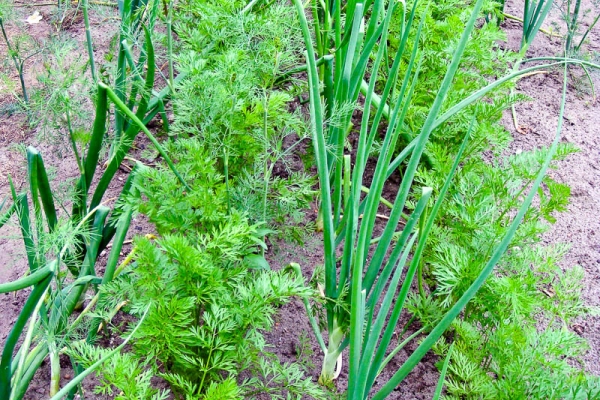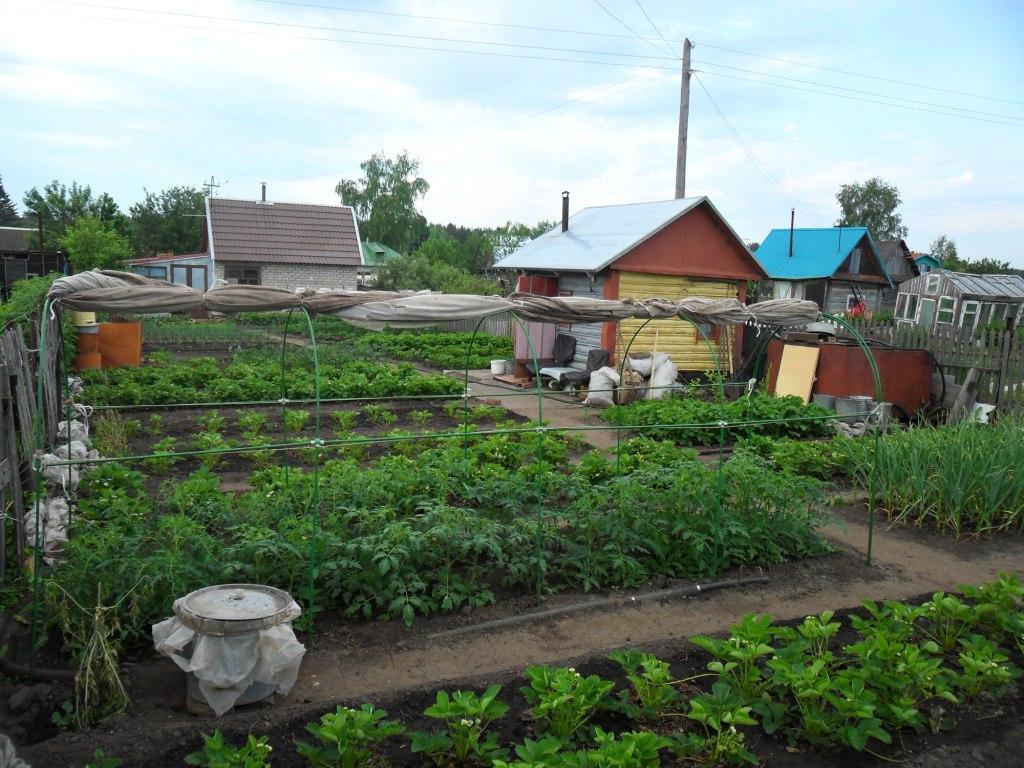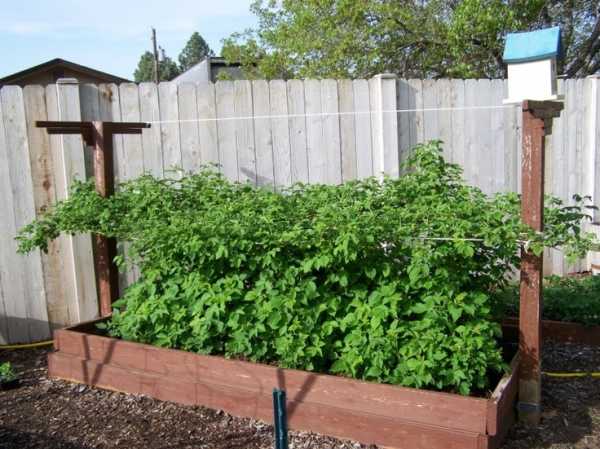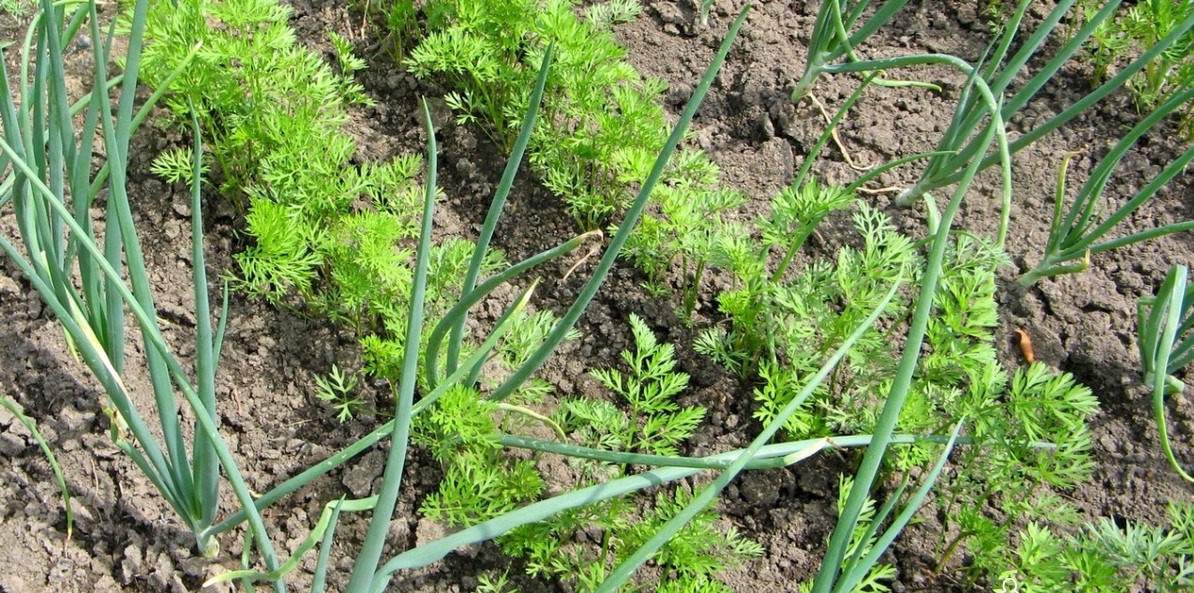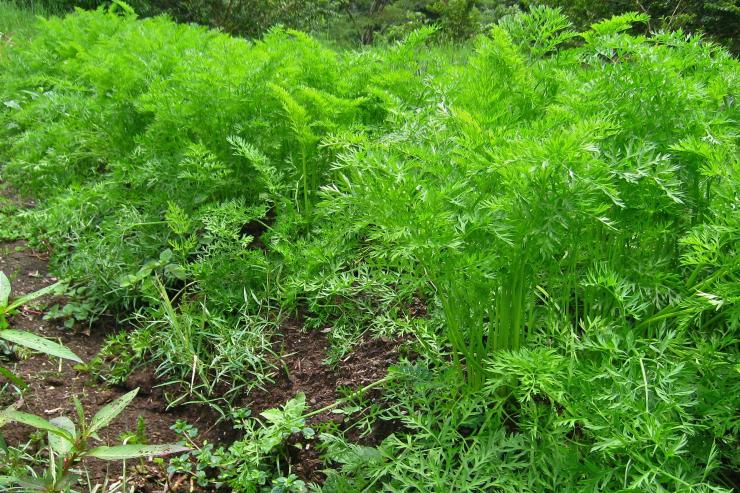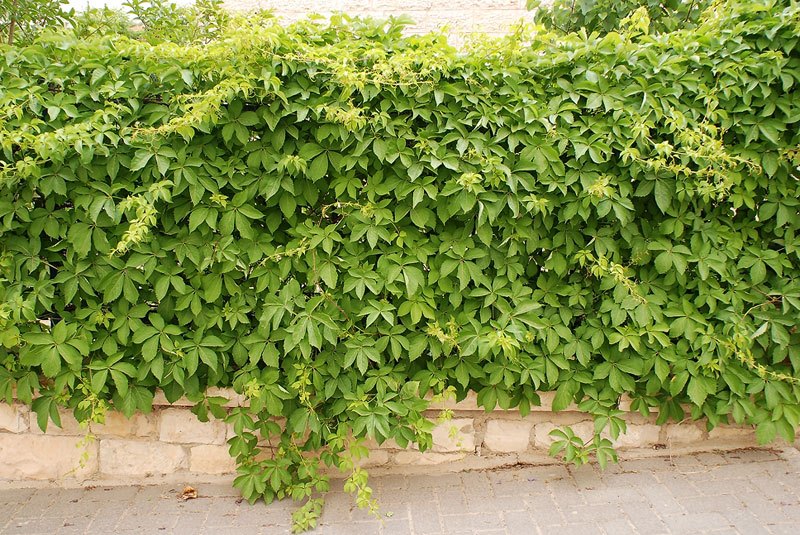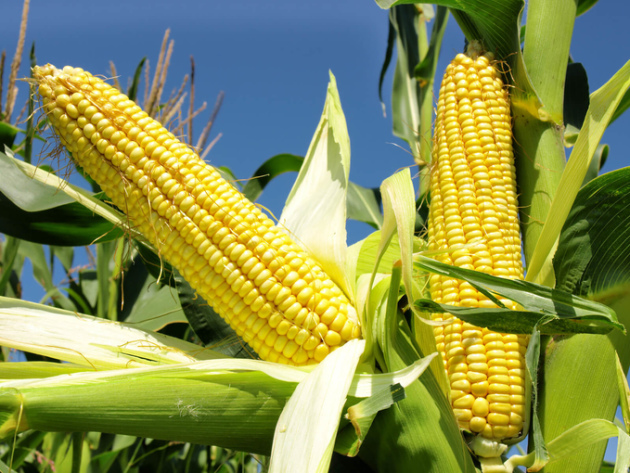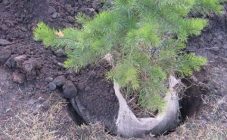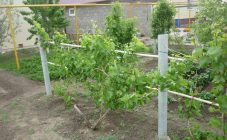Knowing the correct crop rotation will help you avoid many problems in the process of growing crops and get a really good and big harvest.
Crop rotation goals
It's no secret that the same plants are not constantly grown in the same post office. This is directly related to the constant intake of nutrients and trace elements, as well as the appearance of harmful bacteria that impede the healthy growth and development of crops.
Crop rotation will help the gardener understand how to properly combine certain plants: which of them can coexist and which cannot.
Basic Rules
The main thing every amateur gardener should remember is that no vegetable crop should be planted in the same soil for several seasons in a row. Plants can be returned to their original place only after at least four full years.
Correct alternation
It is not recommended to plant tomatoes next to potatoes. In this case, phosphorus is taken from the soil and populated with the Colorado potato beetle and late blight, which will interfere with the healthy growth of crops.
Cabbage grows well in the soil where the tomato was previously grown.
Carrots and celery are best planted in the soil after cabbage or potatoes, for example.
Cultural compatibility
The world of plants is so unusual that there are also cultures here that are "friends" with each other or, on the contrary, are at enmity.
Below is a list of crops that can coexist favorably:
broccoli and parsley;
tomatoes and spinach;
cucumbers and dill;
radishes, carrots and greens;
strawberries and parsley.
These plants get along well with each other without negatively affecting each other's growth.
Before the start of the summer cottage season, the gardener must draw a crop rotation plan. This will make it easier to place all planned landings.
Also, do not forget that each culture is fed by substances from a certain layer of soil. For example, cucumbers, cabbage and onions "feed" on the topsoil. Tomatoes pick up useful minerals at a depth of eighty centimeters. And the same corn can be saturated with nutrients up to two meters deep.
